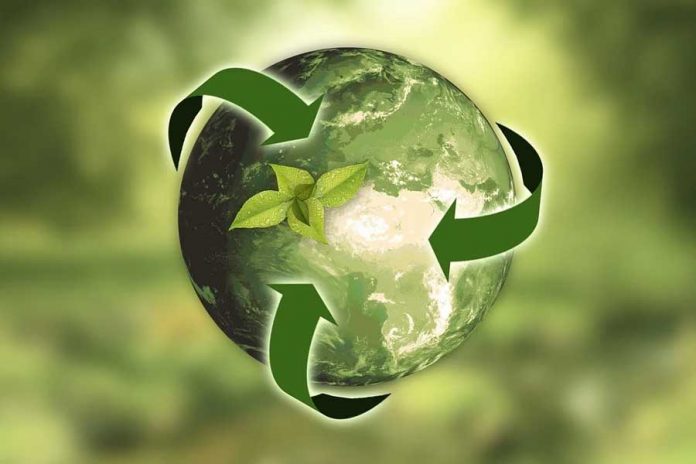Based on a publication from Bryan Wassel in Retail Touch Points, Study: Industry-Wide Efforts Will be Needed to Build on Sustainability Progress.
Se necesitarán esfuerzos en toda la industria para construir en progreso sostenible
“Going beyond recycled polyester, brands have been experimenting with post-consumer waste products to upcycle into new items, such as repurposed food waste, ocean plastics and debris,” said Marci. “Brands can also look to their own waste to incorporate in new products, such as material offcuts.”
Understand Your Audience to Find the Right Approach to Sustainability
Many retailers also struggle with the higher costs often associated with sustainable products, and worry that they will face challenges in passing along those costs to the end consumer. For example, sustainable menswear was priced 12% higher than traditional menswear on average and womenswear was priced 4% higher — and not every retailer will have a sustainable shopper base willing to pay more for a better product.
“There are negative perceptions on both ends of the scale,” said Marci. “If sustainable goods are too affordable, customers suspect greenwashing. If products are too expensive, retailers can risk alienating lower-income consumers’ opportunity to buy into conscious products, reaffirming the image that sustainable fashion is for elitists.”
The solution, as with so many other challenges in retail, is understanding your customers. In particular, retailers “need to find what their consumer is willing to pay, break down what makes a product sustainable and clearly communicate how pricing factors in,” said Marci.
Retailers with a customer base that skews younger have a leg up: more than half (54%) of Gen Z consumers would pay over 10% more for a sustainably made product.
Sustainability Can Synergize with Inclusivity
Retailers also shouldn’t look at sustainability as its own unique effort — meeting the challenge overlaps with many other projects important to shoppers. For instance, inclusivity and sustainability can actually go hand in hand. Average consumers’ apparel sizes don’t offer as many sustainable options as smaller sizes, which reduces shoppers’ options when they try to make sustainable wardrobe choices. Only 9% of currently available plus-size jeans use alternatives to conventional cotton, and just 3% of styles are described as “recycled.”
“Above all, being size-inclusive is being sustainable,” said Marci. “Our bodies inevitably change throughout our lifetime. There are opportunities for retailers to make products that wear well and evolve with these changes, optimizing slow fashion that’s made to last. As well, more retailers are investing in repair and alteration services, extending product longevity.”
Simply getting inclusivity right goes a long way as well. Marci noted that Ganni’s partnership with plus-size retailer 11 Honoré has enabled better-fitting apparel for a variety of styles and body types, which ensures everyone can find something that looks good and fits well, ultimately reducing waste.
Every Retailer Can Benefit From Improved Sustainability
Sustainability and fashion are often brought up in tandem, but that doesn’t mean other verticals can’t benefit from bigger investments in sustainability. For instance, homeware was an area where sustainability grew in a big way during 2021:
- The number of products described as recycled or recyclable experienced a 77% rise year-over-year;
- Products containing organic or Better Cotton Initiative (BCI)-certified fibers grew 167% year-over-year;
- Rattan furnishings and accessories likewise increased 167% year-over-year; and
- Products made with bamboo grew 242% year-over-year.
Hot categories like activewear also are seeing a rise in sustainability. The amount of performance wear items with sustainable keywords rose 52% year-over-year in fall 2021, while sustainable athleisure jumped 76%. Recycled polyester has played a large role in this shift, though Marci noted that it isn’t a permanent solution.
Recycled and renewable are only pieces of the larger sustainability puzzle. Companies looking to get serious about their sustainability efforts need to look at the entire supply chain, including post-consumer, and find ways to help the planet that also appeal to shoppers.
“Despite more retailers making an effort to operate more responsibly, the bottom line is overproduction is still a glaring issue,” said Marci. “It’s here where the lines between improving processes and greenwashing often get blurred. Fashion brands are using less impactful materials and are ramping up their sustainable manifestos — yet on the other side of a global pandemic, there is still more newness than ever before. In addition to introducing more recycled materials, retailers also need to clearly communicate how they’re improving their impact in line with broader, global environmental goals that benefit both people and the planet.”
This article was originally published in Retail Touch Points









